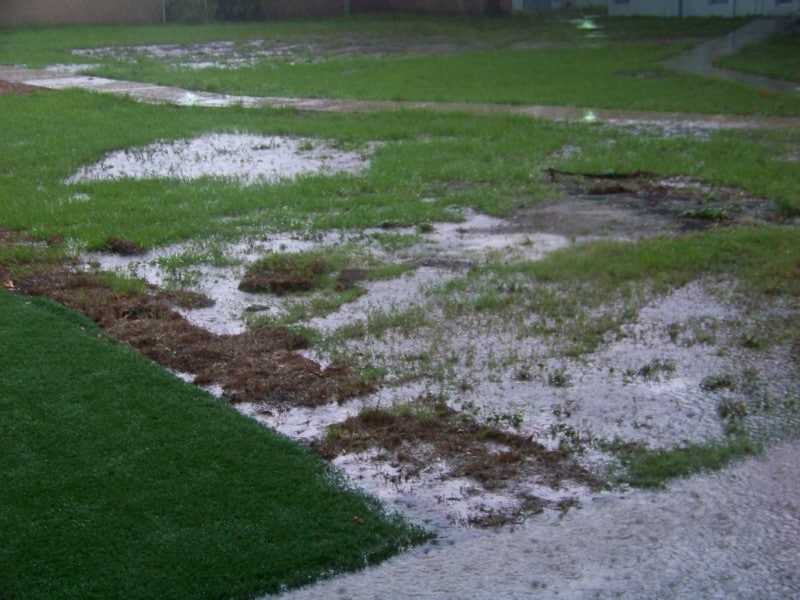
It suddenly occurred to you that the septic system was indeed very important. It must’ve been very disgusting to see the school toilets back up. You glanced at the yard before you left and you could see the pooling of raw sewage on your school’s spacious yard. The smell of the backed up sewage thickened the air. You knew that you had to get out of there immediately.
Even if you were ready for your quiz that day, you smiled at the fact that it was a Friday. It was going to be a long weekend. With nothing to do at home, you decided to write an article about the incident at school. Your mother gave you a notebook so you went to the park with your dog to write the article.
The septic system is a wastewater treatment system that is specifically designed to accommodate the home or establishment. Its size should be well suited for the number of people in the structure it serves. The incident that happened at school was brought about by the drain field not taking or holding water. Why does this happen?
There are many reasons why the drain field is not taking in or holding water. Backtracking to the household or the inhabitants of the structure, neglect is the main reason why the drain field malfunctions. The failure to use the drains, toilets, and sinks; the use of antibacterial household cleaners; and the overloading of laundry every week are often the major issues faced by homeowners. There are so many households that treat the sinks, toilets, and drains as trash cans. They just dump in any kind of trash, even if they are grease, fats, or non-biodegradable materials. Because harmful bacteria enter their home on a regular basis, antibacterial solutions are constantly used. Many homeowners wash clothes once a week in heavy loads to save time. These things really affect the drain field.
As you know, the septic system is run by bacteria. If the bacteria are not taken care of, the solid waste material will not be taken care of. These will then be dispersed into the drain field and cause the sewage to back up into the home or pool onto the surface. This won’t allow the outgoing wastewater to be taken in or be held by the system anymore. The wastewater will not be treated and just overwhelm the area.
To help the drain field hold or take in water at a normal rate, the homemaker should make sure that a dry well is installed to help the septic system take care of the grey water. The rain gutter should also be diverted away from the drain field to prevent additional water from entering the system. The use of bacteria- or environment-friendly cleaners should be encouraged so that the resident bacteria won’t be killed off and the surrounding environment won’t be contaminated.
The care for the septic system should always be maintained. This was what you have learned in your research for your news article on the septic incident in your school. You called the school custodian about it but he said that it would probably take a week or so before the septic system’s normalcy. Hopefully, the article you made would enlighten the people in your area to avoid such a crisis especially during the rainy season. We hope that by briefly discusses the issue of a drain field not taking or holding water helped the reader better understand septic systems.
